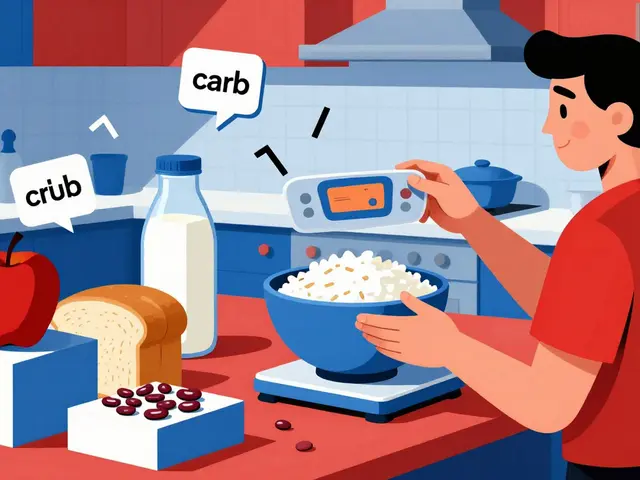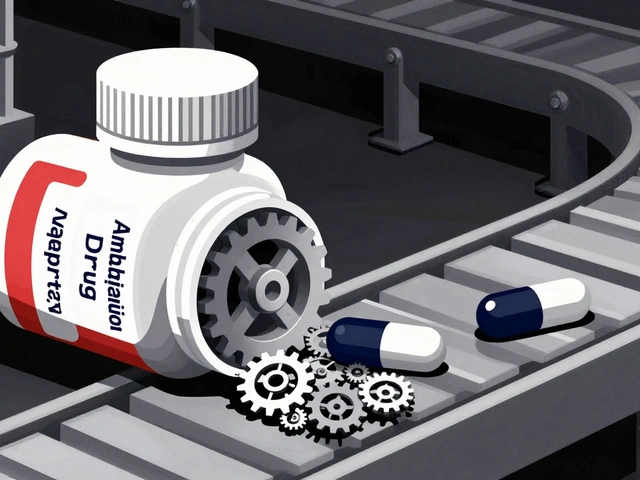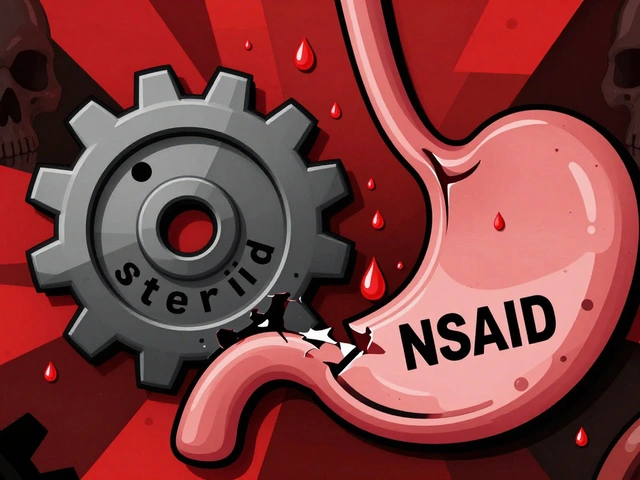Blood Clot Myths: What’s Real and What’s Not
When navigating blood clot myths, widely shared misconceptions about clot formation, diagnosis, and treatment that often mislead patients and clinicians. Also known as clot myths, they tend to spread faster than solid medical facts. Understanding them starts with a clear picture of the core players. A blood clot, a gel‑like mass that forms when blood proteins and platelets stick together is a normal protective response, but when it occurs in the wrong place it can become dangerous. Thrombosis, the medical term for a clot that blocks a blood vessel is often the subject of exaggerated warnings or, conversely, dangerous under‑estimation. Many myths claim that “all clots are deadly” or “if you have a clot you’ll always need surgery,” yet the reality hinges on the clot’s size, location, and the patient’s overall health. Anticoagulants, medications that thin the blood to prevent or treat clots are frequently portrayed as either a miracle cure or a lethal poison; the truth lies in careful dosing and monitoring. Finally, risk factors, behaviors or conditions that increase the chance of clot formation such as immobility, surgery, or genetic disorders, are often oversimplified into “you’ll get a clot if you sit too long.” The real picture is a blend of genetics, lifestyle, and medical history, and separating myth from fact saves anxiety and guides proper care. Blood clot myths therefore require a balanced view that connects the biology of clotting with the social buzz around it.
Key Facts Behind the Myths
Every myth about clots hides a kernel of truth, but the kernel is twisted by fear or misunderstanding. The first semantic link is that blood clot myths encompass false beliefs about thrombosis’s severity; while a massive pulmonary embolism can be fatal, many smaller deep‑vein thromboses resolve with medication alone. Recognizing this nuance prevents panic and encourages early medical evaluation instead of self‑diagnosis. The second connection shows that knowledge of risk factors reduces the spread of myths: when people understand that prolonged travel, cancer, or hormone therapy raise risk, they stop attributing clots to unrelated causes like “cold exposure.” Third, the role of anticoagulants is often misrepresented; they do not “thin” blood like water but inhibit clotting factors, meaning they are safe when monitored. By highlighting that side effects such as bleeding are dose‑dependent, we de‑myth the idea that anticoagulants are universally dangerous. Fourth, the myth that “once you’ve had a clot, you’ll always have one” ignores the body’s ability to remodel vessels and the effectiveness of long‑term preventive strategies. Finally, the belief that “clots only affect the elderly” neglects that genetics can cause clotting disorders at any age, especially in young athletes with inherited conditions. These connections—myths ↔ facts, risk factors ↔ preventive action, anticoagulants ↔ safe use—form a web that helps readers sort rumor from reality. Below you’ll find a curated list of articles that dig deeper into each of these points, from debunking popular misconceptions to detailing safe medication practices and lifestyle tweaks that truly lower clot risk.

Blood Clot Myths Debunked: What’s True and What’s Not
Debunk common blood clot myths with clear facts, prevention tips, and when to seek help. Learn the truth about DVT, PE, anticoagulants, and more.
read more




